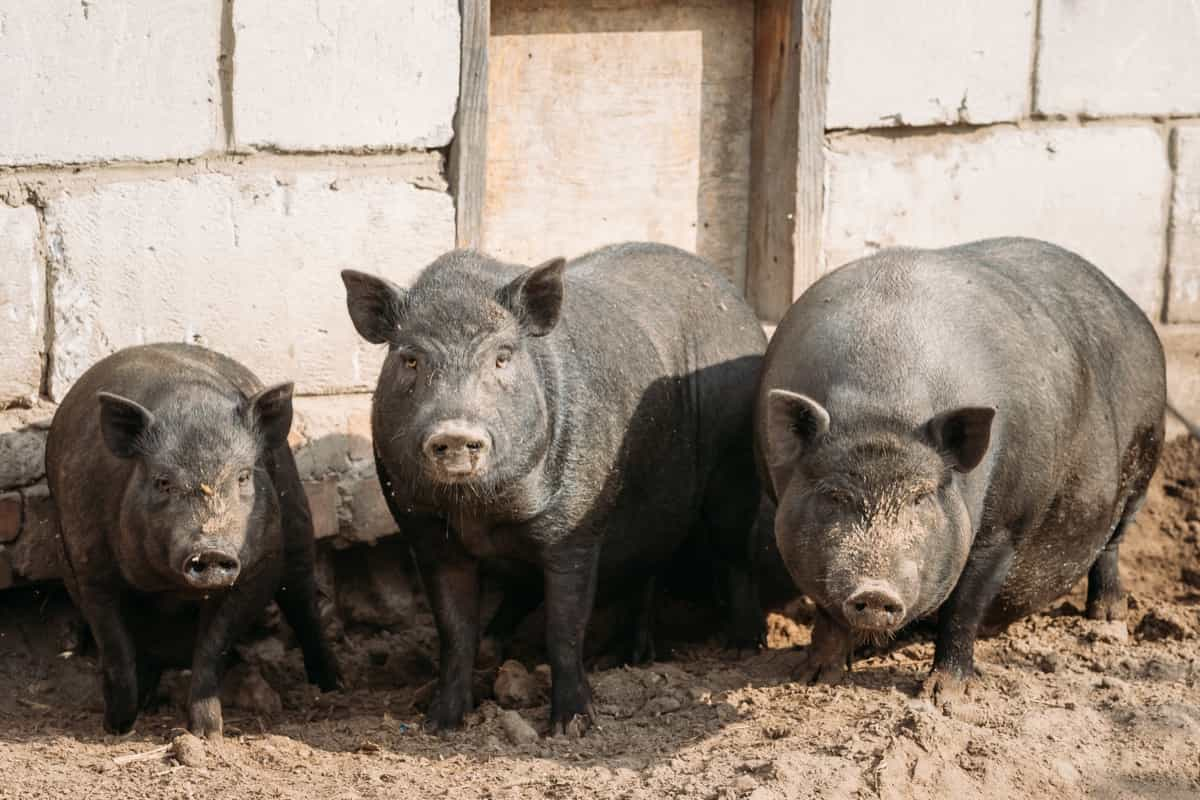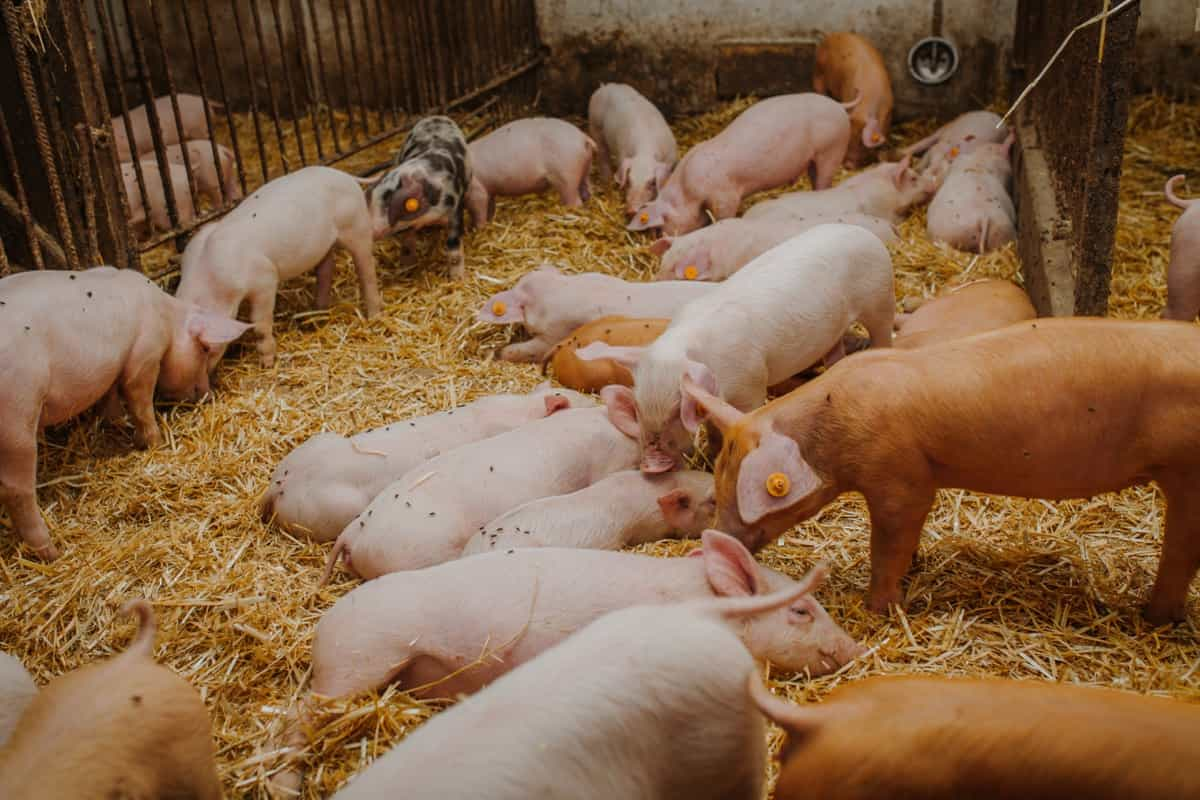Pig farming is essential to Philippine agriculture, providing food security and income for millions of Filipino families. The country’s swine industry ranks eighth in the world in production, with an annual output of over 3 million metric tons of pork. Below we learn about pig farming in the Philippines, Philippine law on piggery, breeds, and cultivating practices.

Starting a Pig Farm in the Philippines
History and Background
Pig farming has been part of Philippine agriculture for centuries. The first pigs in the Philippines were believed to be introduced by the Malays, who settled in the country around 3,000 BC. Over time, pig farming evolved as an essential part of the agricultural landscape, with farmers raising pigs primarily for personal consumption and local trade.
The Spanish colonization period, which began in the 16th century, led to the introduction of new pig breeds and modern farming techniques. Today, pig farming continues to be a vital sector in the Philippine economy, contributing significantly to the country’s food security and rural livelihoods.
Pig Breeds in the Philippines
- Native pigs: These are the indigenous pig breeds of the Philippines, known for their adaptability to local conditions and disease resistance. Examples include the Ilocos Black, the Kaman-Uking, and the Visayan Warty Pig.
- Commercial breeds: These are pig breeds introduced from abroad, specifically bred for commercial purposes. Examples include the Large White, Landrace, Duroc, and Hampshire.
- Crossbreeds: These are pigs resulting from crossbreeding between native and commercial breeds. They are bred to combine the favorable traits of both parent breeds, such as adaptability and high meat quality.
Breeding and Reproduction
Successful pig farming depends on efficient breeding practices. The following are essential aspects of pig breeding in the Philippines:
- Breeding stock selection: The selection of good-quality breeding stock is crucial to ensure the success of a pig farm. Farmers must choose pigs with desirable traits such as fast growth rate, high feed conversion efficiency, and strong immunity to diseases.
- Mating and farrowing: Pigs are typically mated when they reach sexual maturity at six to eight months. Farmers must monitor the sows for signs of heat or estrus and ensure the boar is in good condition. The process of giving birth to piglets, known as farrowing, occurs around 114 days after mating.
- Weaning and piglet management: Piglets are usually weaned at 21 to 28 days of age. Proper care and management practices, such as providing adequate nutrition, maintaining cleanliness, and ensuring piglet health, are essential during this period.
Pig Farm Management
Effective management practices are crucial in ensuring the success and profitability of a pig farm. Some essential management aspects include:
- Housing: Proper housing is necessary to ensure the pigs’ comfort and protection from harsh weather and diseases. Pig houses should be well-ventilated, spacious, and easy to clean.
- Feeding: Providing balanced nutrition is crucial for the growth and health of pigs. Farmers should use high-quality feeds with the right protein, energy, vitamins, and minerals to meet the pigs’ nutritional requirements.
- Health management: Regular health checks, vaccinations, and deworming are essential to prevent diseases and maintain the pigs’ overall health.
- Waste management: The pig farm must have effective waste management if it is to continue to provide a clean and sanitary atmosphere for the animals. Farmers should implement appropriate waste disposal systems, such as composting, biogas production, or manure storage facilities, to minimize environmental pollution and prevent the spread of diseases.
In case you missed it: Benefits of Pig Manure Fertilizer in Agriculture: Uses, When and How to Apply

Challenges and Opportunities in Pig Farming in the Philippines
Challenges
- Disease outbreaks: Outbreaks like African Swine Fever (ASF) can devastate pig farms. Farmers need to adopt biosecurity measures to prevent and control the spread of diseases.
- Climate change: Extreme weather events and temperature changes brought on by climate change pose a serious danger to the health and productivity of pig farms.
- Limited access to finance and technology: Many small-scale pig farmers lack access to credit facilities and advanced technologies, hindering their ability to scale up and modernize their operations.
Opportunities
- Growing Demand for Pork: The increasing population and rising incomes contribute to the growing demand for pork in the country, creating a market opportunity for pig farmers.
- Integration with Crop Farming: Integrating pig farming with crop production can enhance farm productivity and sustainability by utilizing crop residues as feed and pig manure as organic fertilizer.
- Government and NGO support: Government and non-government organizations offer various support programs for pig farmers, such as training, financial assistance, and technology transfer, to help improve the industry’s productivity and competitiveness.
Government and NGO Support for Pig Farming in the Philippines
The Philippine government, through the Department of Agriculture (DA) and its attached agencies, such as the Bureau of Animal Industry (BAI) and the Agricultural Training Institute (ATI), plays a vital role in supporting and promoting the swine industry. Some of the key government initiatives include:
- Livestock and Poultry Program: This program aims to improve the productivity, profitability, and competitiveness of the livestock and poultry sectors, including pig farming, through capacity building, technology transfer, and support services.
- National Swine Breeding Program: This initiative focuses on developing and promoting superior pig breeds adaptable to local conditions and highly productive.
- Disease Prevention and Control Programs: The government implements various programs to prevent and control livestock diseases, such as ASF, through surveillance, quarantine measures, and vaccination campaigns.
In addition to government efforts, non-government organizations (NGOs) also support the pig farming sector in the Philippines. These NGOs provide various services, such as training, capacity building, and access to credit facilities, to help improve the productivity and sustainability of pig farms, especially those managed by smallholder farmers.
In case you missed it: Poland China Pig Facts: Origin, Size, Physical Characteristics, Pros, and Cons

Conclusion
Pig farming is crucial in the Philippine agriculture sector, contributing to the country’s food security and rural livelihoods. Despite the challenges posed by disease outbreaks, climate change, and limited access to finance and technology, the industry offers significant growth opportunities, driven by the increasing demand for pork and the potential for integration with crop farming.
- Ultimate Guide to Ossabaw Island Hog: Breeding, Raising, Diet, and Care
- Ultimate Guide to Juliana Pig: Raising Facts, Size, Diet, Care, and Lifespan
- Raising Lleyn Sheep: Disadvantages, Price, Uses, Characteristics, and Care
- Ultimate Guide to Meishan Pig: Breed Facts, Breeding, Raising, and Care
- Ultimate Guide to Teacup Pigs: Raising, Diet, Lifespan, Cost, and Care
- Guide to Raising Poll Dorset Sheep: Facts, Profile, Characteristics, Uses, and Care
- Ultimate Guide to Bighorn Sheep: Characteristics, Diet, Lifespan, Breeding, and Lifecycle
- Ultimate Guide to Raising Katahdin Sheep: Farming Facts, Breed Profile, Uses, and Care
- Ultimate Guide to Raising Oreo Cows: Belted Galloways Farming Facts, Profile, Uses, and Care